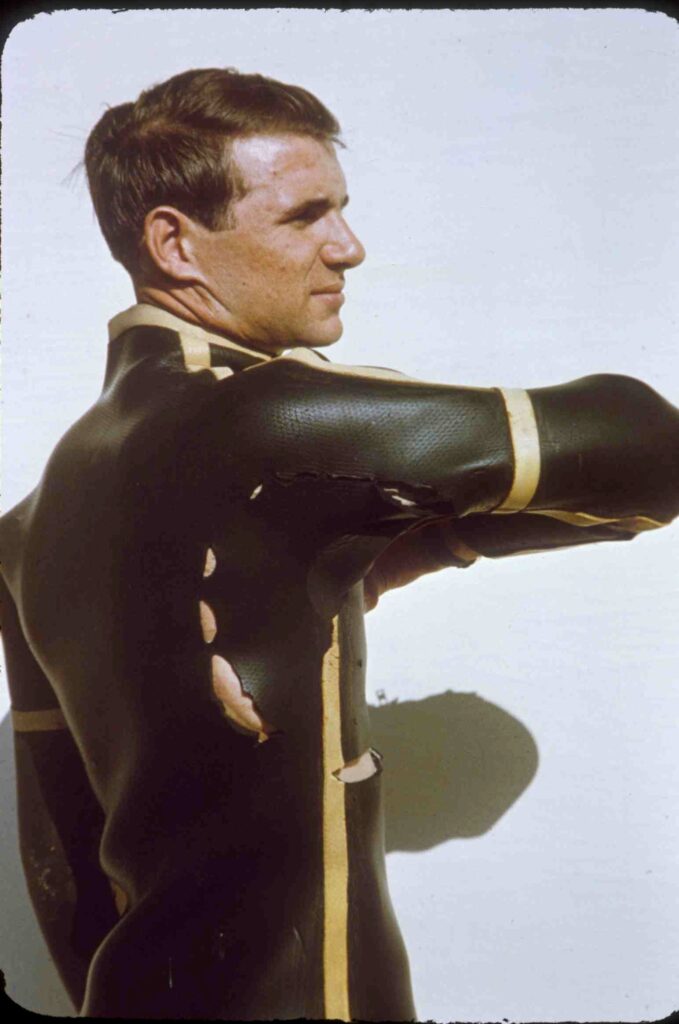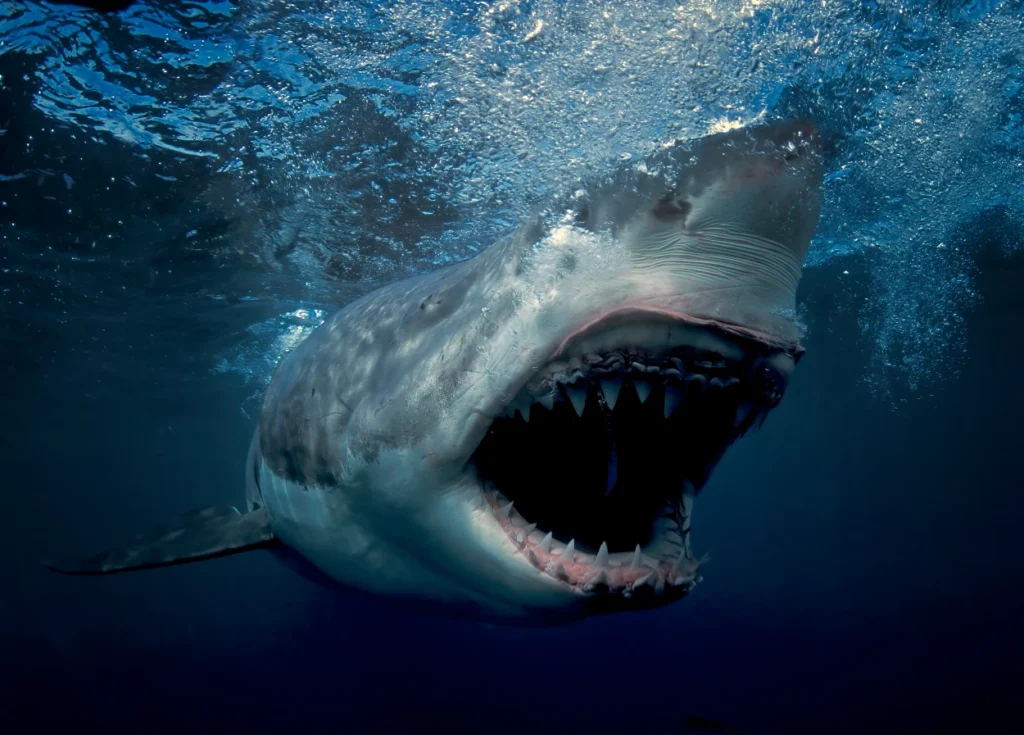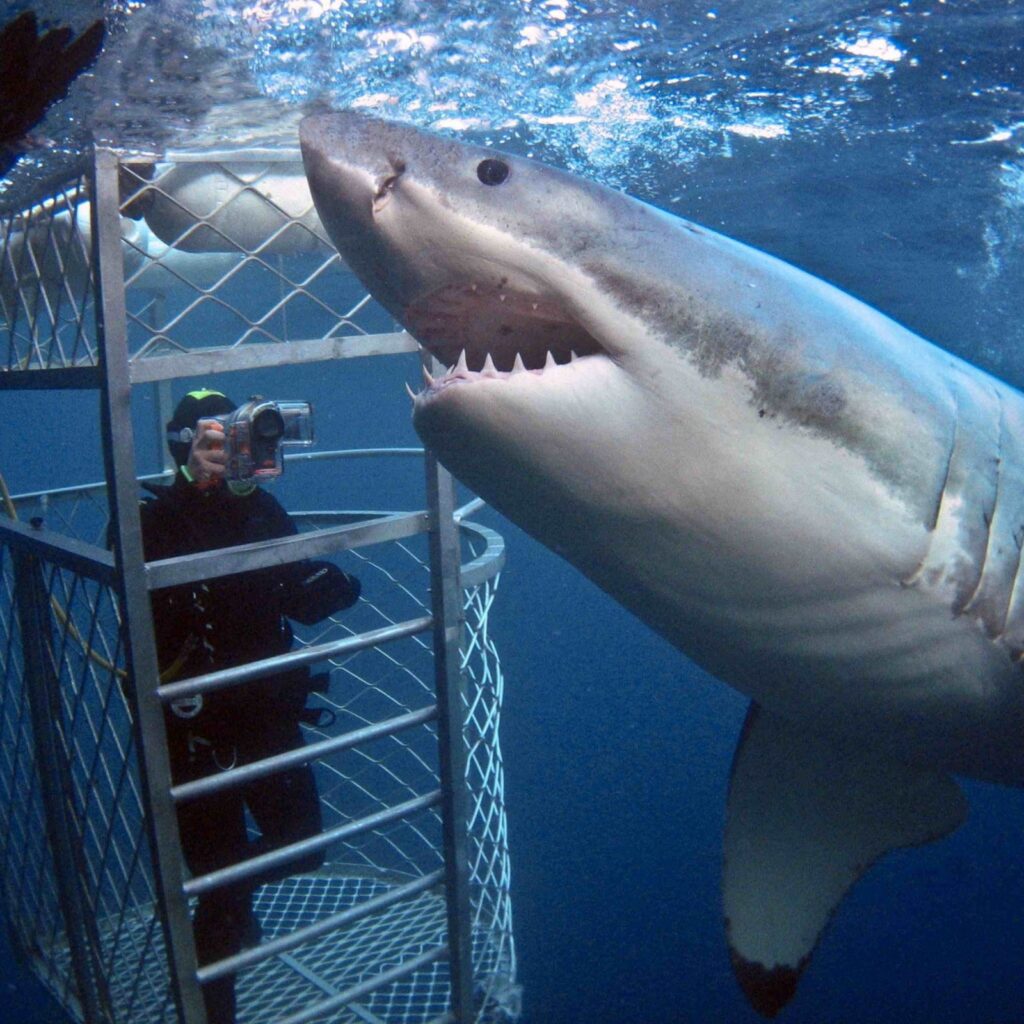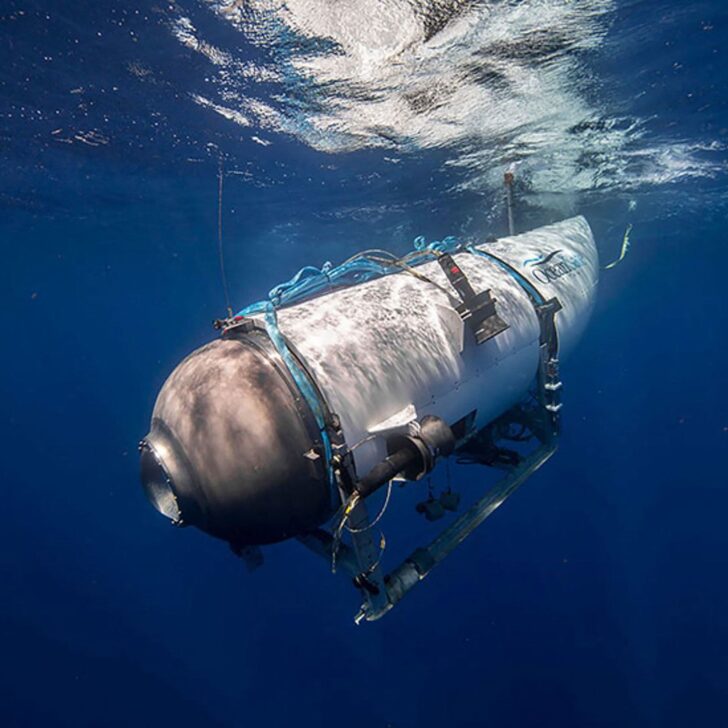The tale of Rodney Fox isn’t intriguing just because he survived a shark attack, which in itself is a terrifying feat.
His story is made all the more fascinating because he survived an attack that has been dubbed the “worst non-fatal shark attack ever.”
Shark attacks, despite popular belief, aren’t all that common.


In 2023, there were only 69 unprovoked shark attacks, ten of which were fatal. From data collected between 1958 and 2016, it’s been reported that there were 2,785 unprovoked shark attacks worldwide, 439 of which were fatal.
Still, coming face to face with an apex predator with up to 300 teeth is a scenario none of us want to be in.
In 1963, Rodney Fox would be faced with this exact predicament, and though he would survive the encounter, he wouldn’t come out of it unscathed—far from it.
The “Worst Shark Attack Ever”
Born in Adelaide, South Australia, in 1940, Rodney spent his youth fishing with his father. He described himself as a “water rat” and had a deep affinity with the sea.
As he grew up, Rodney began spearfishing, often feeding the family with his catch of the day.
In 1962, aged 22, he entered the South Australian Spear Fishing contest and was crowned champion. He would also enter the competition the following year, though the outcome would be far less jovial. In fact, his participation in the 1963 contest almost led to his grisly demise.
The competition started out well for Rodney, who began chasing after a fish with his speargun.
As he was tailing the fish, a 15-foot great white shark spotted the fisherman and decided to pounce. The predator, coming up from beneath Rodney, bit into his torso, puncturing his lungs and ribs.
The power of the bite caused Rodney to think he’d been hit by a train. It took him a few moments to gather his thoughts and realize this was impossible since he was underwater.
He suddenly understood the gravity of the situation: he was in the jaws of a great white shark, and the ferocity of the attack had knocked his gun from his hand.
As the shark swam at speed, Rodney had to think fast about his next move. The only vulnerable thing he could notice about the shark was its eyes, so he began clawing at the predator’s face, hoping to disorient it.
The gouging caused the shark to release Rodney, allowing him to try and swim to the surface through a fog of his own blood.
However, the shark wasn’t done. Rodney looked down and noticed the shark, its mouth wide open, was again making a beeline for him.
By this point, he’d already lost a lot of blood and knew if the shark took another chunk out of him, he wouldn’t survive.
However, he was no match for the predator and did the only thing he could think of: kick the shark in the head hoping this would deter it from attacking. Rodney misjudged the shark’s distance, though, and ended up just grazing it with his foot.
By some miracle, however, the shark was suddenly distracted by the fish Rodney had already caught and swallowed his fish float in one bite before taking off.

A badly, potentially fatally injured Rodney was then scooped from the water by his fellow fishermen and taken to hospital. The prognosis wasn’t good.
The fact that hospital staff had no idea how to treat Rodney’s myriad of horrific injuries made everything all the more terrifying for him.
Rodney fell in and out of concussions, though when he did drift off, he was haunted by the noise of his bones crunching in the shark’s mouth.
Rodney’s Miraculous Survival
The injuries sustained were undeniably brutal.
Rodney sustained a punctured diaphragm, his lung had been ripped open, his shoulder blade had been pierced, his spleen had been exposed, and his stomach was one big, bloody open wound.
His ribs were broken, the tendons in his fingers had been severed, and he even had a shark tooth stuck in his wrist. In total, he had 462 stitches.
Numerous surgeries were required, followed by intense rehabilitation, but miraculously, Rodney made it out of the attack and made a full recovery.
Part of his rehab routine meant getting back into the water to strengthen his lungs, though understandably, Rodney felt trepidation about returning to the sea.
However, the love of water soon returned to Rodney, and his fear of sharks evaporated on a fishing trip with fellow fisherman Alf Dean.
On that trip, Alf eliminated five great white sharks. This didn’t sit well with Rodney, who believed eliminating them was senseless.
Despite their brutal reputation —”the best shark is a dead shark” was a common phrase at the time—Rodney felt like the creatures deserved conservation, better understanding, and better treatment.
While Rodney’s fishing trip was disheartening, it gave him some food for thought. Despite being nearly killed by a shark, he wanted to change people’s view of them.
How he could do this was something he couldn’t quite figure out.
Then, after a family trip to the zoo where he saw caged lions, the idea finally hit him: he’d build the first-ever shark cage.
However, unlike at the zoo, the roles would be reversed.
Humans would be in the cage instead, and they’d be lowered into the shark’s territory.
Rodney quickly began designing his two-man cage invention, which he had built, before arranging the world’s first cage dive to see sharks.
He also got fellow shark attack survivors on board to attend the event, further fueling excitement of the never before seen spectacle.
The groundbreaking event was filmed and piqued the attention and intrigue of people all over the world.
After all, it showed sharks in a light they’d never seen before: as curious, precocious creatures who weren’t permanently seeking out human prey.
In fact, the cage dive exposed that sharks much preferred fish to humans and didn’t seem the least bit interested in attacking a human.

The success of the dive saw Rodney launch the first shark cage diving tour to the public in 1976. Rodney Fox Shark Expeditions was born.
Working out of Neptune Islands, Port Lincoln, Rodney used these trips to educate people about sharks and dispel many of the myths that had been attributed to them in recent years.
For years, public opinion of sharks was founded on fear. Rodney dedicated his life to changing that.
Life Beyond The Attack
In the years after the attack, Rodney became known as an authority on sharks and has been asked to be involved with most documentaries and films on the topic that have been produced since then.
He boasts a large collection of shark memorabilia from his years studying them. He has giant shark teeth, fossils, and hundreds of sentimental items, such as photos and videos, from his time working on TV shows and films.
Over the years, Rodney has continued to be a pivotal figure in marine conservation, with his main focus being great white sharks.
His efforts have combined research, education, and advocacy, all in a bid to positively influence public opinion of sharks. Not only that, he wanted a greater scientific understanding of apex predators.
In 1999, he co-founded the Fox Shark Research Foundation, which is solely dedicated to studying and preserving great white sharks.
The foundation aims to better understand shark behavior, biology, and their habitat. This organization has been instrumental in promoting shark conservation and dispelling myths surrounding the larger than life creatures.
Throughout the 1990s and 2000s, Rodney was prolific as a shark advocate. He delivered numerous lectures on the topic globally, sharing not only his terrifying experience but other insights into the creatures to foster a greater appreciation for sharks (and the marine environment as a whole).
In 2007, Rodney was inducted into the International Scuba Diving Hall of Fame. In 2009, he was nominated for the 2010 Indianapolis Prize, the world’s largest individual monetary award for animal species conservation.
In 2010, he released his autobiography, “Sharks, the Sea and Me.” The book details his near-fatal shark attack and his ascent to becoming a leading authority on great white sharks.
As of writing, Rodney Fox is in his mid-80s and has somewhat scaled back his active involvement in expeditions and public engagements.
However, he’s made sure his legacy endures with the Fox Shark Research Foundation and has passed Rodney Fox Shark Expeditions down to his son, Andrew, to manage.
Despite his near-death experience with a great white shark, Rodney Fox has spent his life advocating for their conservation and, in doing so, has gone to some lengths to ensure that humans recognize the vital role sharks play in our oceans.













Leave a comment